Monarch butterflies are fascinating creatures with unique characteristics and behaviors. Here are the top ten facts about Monarch butterflies:
10. Cultural and Symbolic Significance: Monarch butterflies have become symbols of beauty, transformation, and endurance in various cultures. Their remarkable migration has inspired art, literature, and spiritual interpretations.
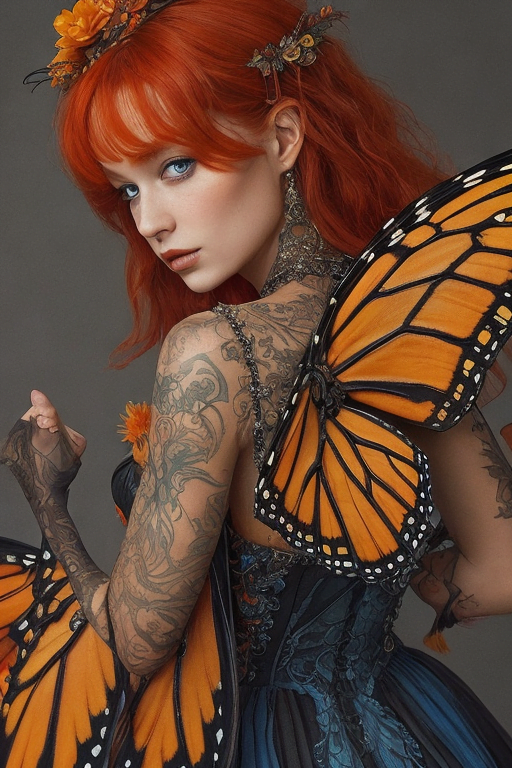
9. Overwintering Clusters: During the winter months in Mexico, Monarch butterflies form massive clusters on oyamel fir trees. These clusters can contain thousands of butterflies, creating a spectacular sight.
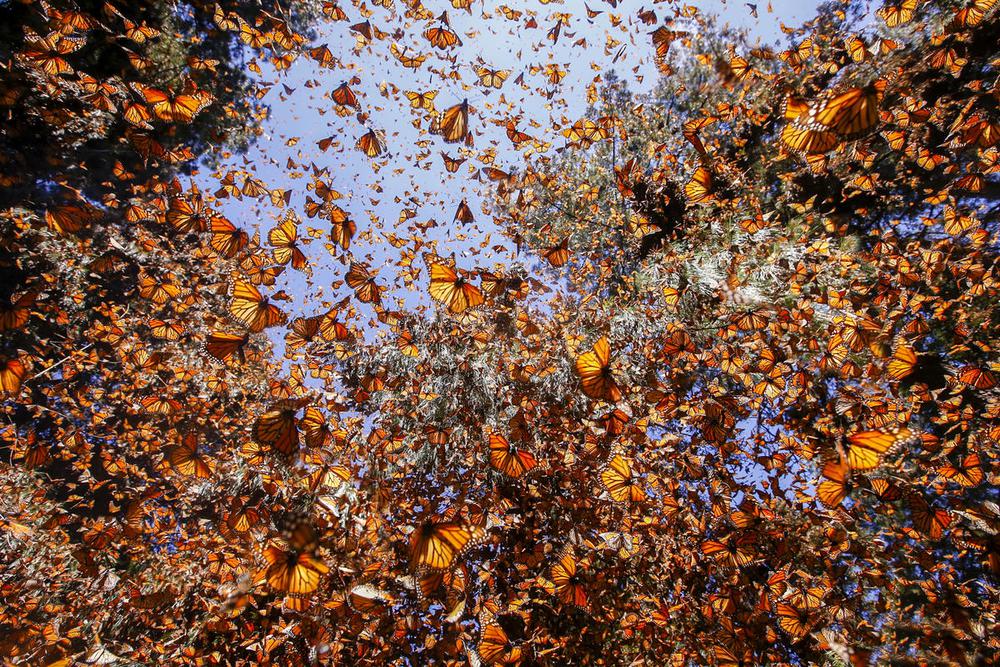
8. Generation Changes During Migration: Different generations of Monarch butterflies make the journey during migration. The butterflies that migrate to Mexico will not be the same ones that return north, as several generations occur during the migration cycle.
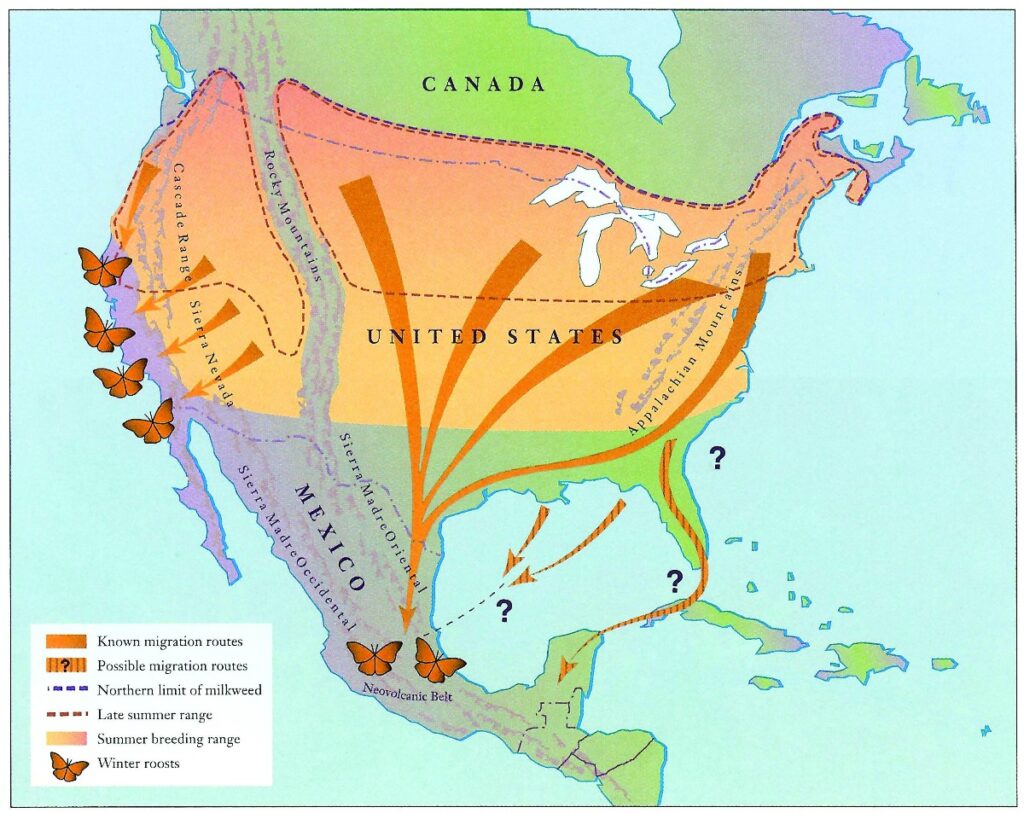
7. Endangered Migration: The Monarch butterfly’s migratory patterns are under threat due to habitat loss, particularly the loss of milkweed plants, climate change, and pesticide use. Conservation efforts are underway to protect these iconic insects, but they aren’t enough. To save the Monarch Butterfly, each person will have to Plant More Milkweed!
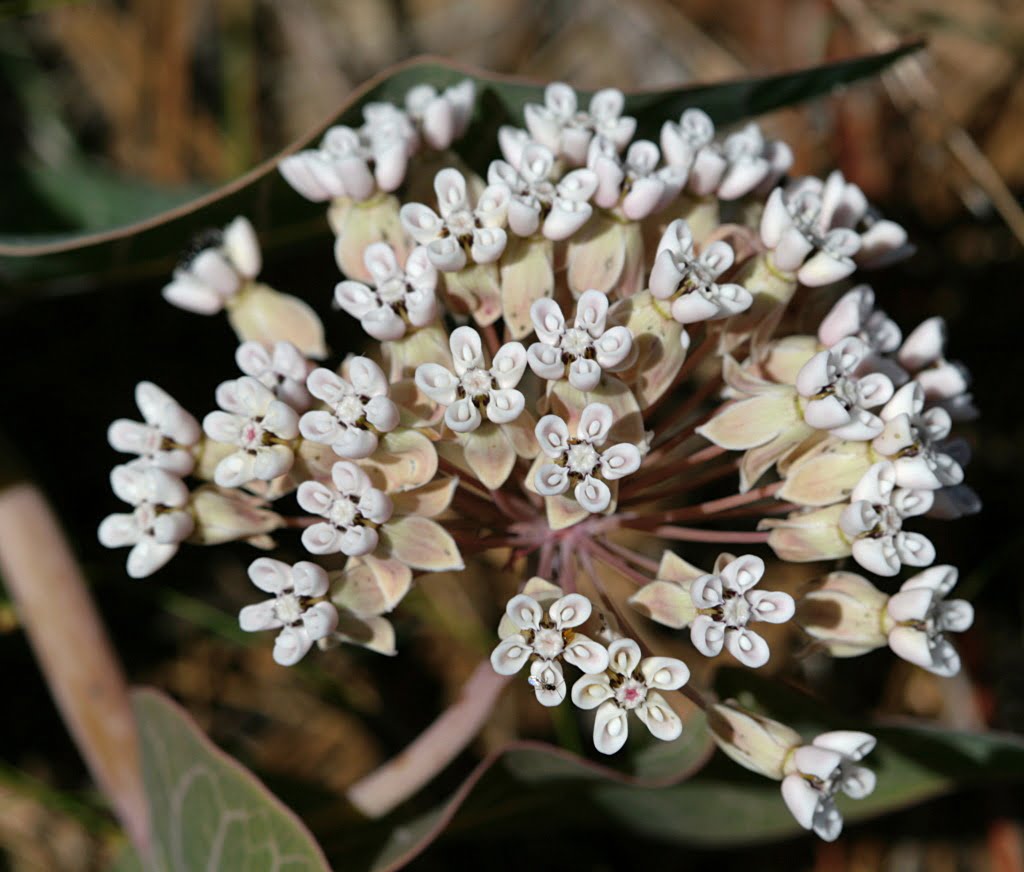
10 Sandhill Milkweed Seeds Ascslepias Humistrata Pinewood Milkweed Florida-Native
With Johnny Butterflyseed’s Sandhill Milkweed seeds, you’re not just planting flowers; you’re cultivating a living mosaic of nature’s marvels. 10+ Florida Native seeds.
6. Navigation Skills: Monarchs use a combination of environmental cues, including the position of the sun and Earth’s magnetic field, to navigate during their migration. This complex navigation system is not yet fully understood.
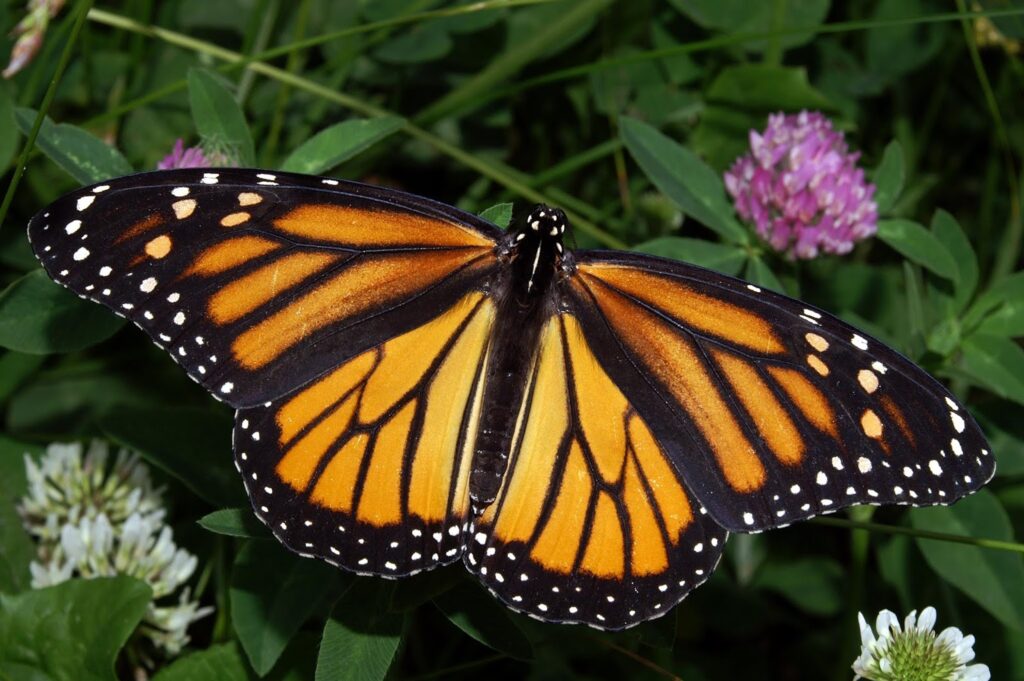
5. Sexual Dimorphism: Male and female Monarch butterflies can be distinguished by their appearance. Males have a small black spot on each hindwing, which females lack. The females usually have thicker black veins on their wings.
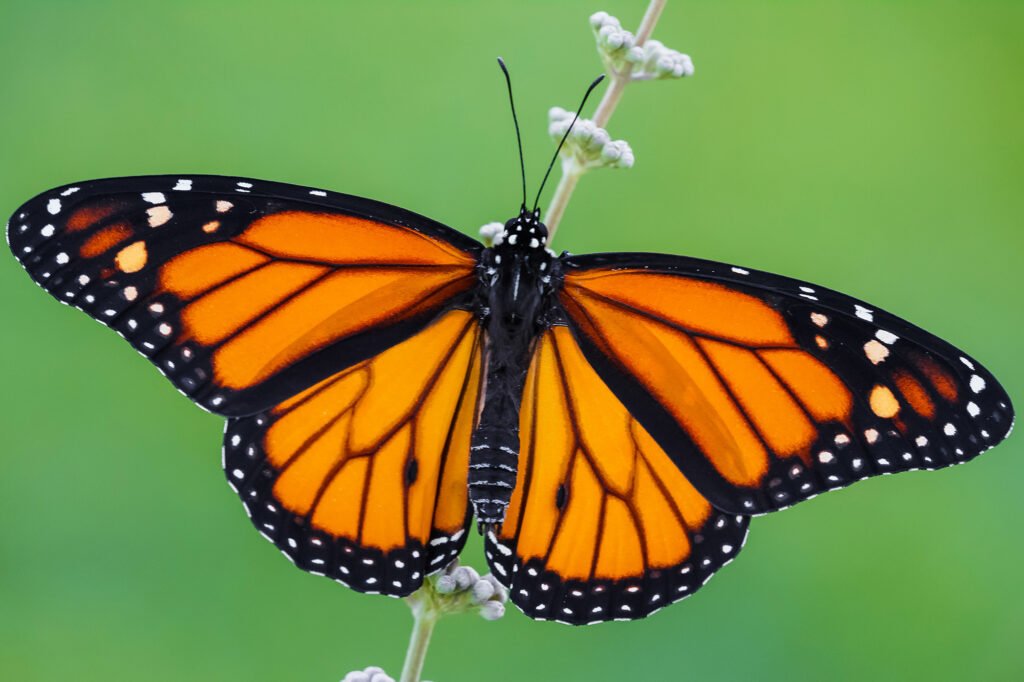
4. Bright Warning Colors: The bright orange and black coloring of the Monarch butterfly serves as a warning to predators that it might be toxic or foul-tasting. This is known as aposematic coloration.
3. Dependence on Milkweed: Monarch caterpillars feed exclusively on milkweed plants. This diet makes the caterpillars and adult butterflies toxic to many predators, as milkweed contains toxic compounds called cardenolides.
2. Life Cycle: The Monarch’s life cycle consists of four stages: egg, larva (caterpillar), pupa (chrysalis), and adult butterfly. This process takes about a month to complete.
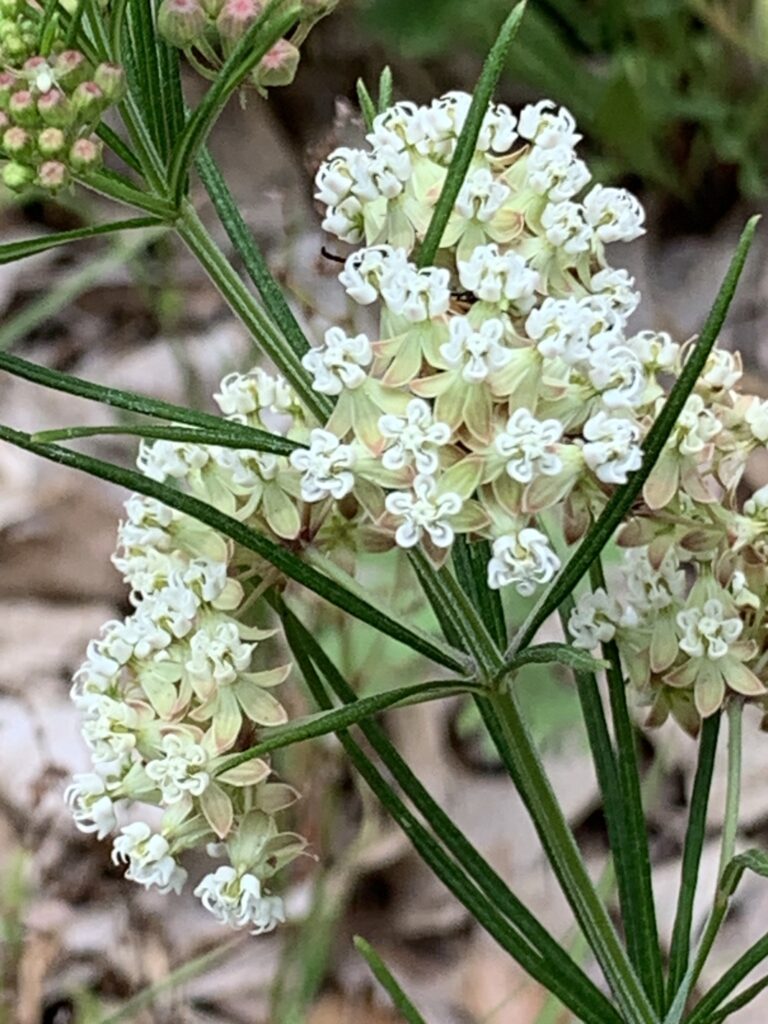
50 Whorled Milkweed Seeds (Asclepias Verticillata)
This plant is perfect for gardeners who are committed to creating a haven for Monarchs. Its late-season blooming period ensures that Monarchs have the resources they need as they prepare for migration. When you plant Whorled Milkweed, you’re not just adding beauty to your garden—you’re playing a vital role in the conservation of this iconic species. 25 Seeds. USDA Zones 3-10.
1. Migration: Monarch butterflies are known for their incredible long-distance migration. In North America, they travel thousands of miles from Canada and the United States to wintering grounds in Mexico.
Monarch butterflies are subjects of ongoing research and conservation efforts, and their unique characteristics continue to fascinate scientists, nature enthusiasts, and the general public alike… one day at a time!

The Adventures of Johnny Butterflyseed – Author Signed First Edition Children’s Book
Save the monarchs!
Johnny Butterflyseed and his fairy friend, Raven Silverwing, embark on a mission to save the rapidly disappearing butterflies. They enlist the help of Queen Venus Goldwing and her kingdom of monarchs to educate and inspire kids to become butterfly farmers. At first, Johnny faces his own internal struggle with self-doubt and fear in his ability to make a difference, but then soon develops a mindset that allows him to not only get started, but also make progress one day at a time. Through challenge after challenge, Johnny learns that he is not alone in his mission and that there are many people who want to help. Together, Johnny, Raven, and Queen Venus educate thousands of children on becoming butterfly farmers.
